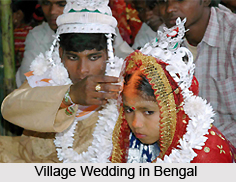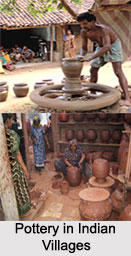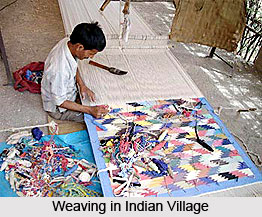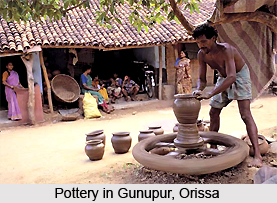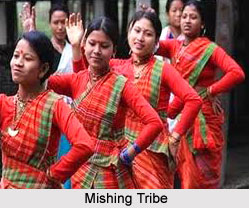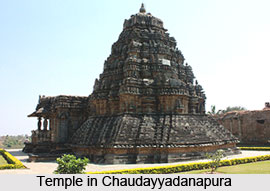 Chaudayyadanapur is a tiny hamlet in Karnataka. This village in Karnataka becomes a prominent pilgrimage tourism site in South India. Mukteshwar Temple is the cynosure of this village to the tourists. The temple of Mukteshwar at Chaudayyadanapur in Ranebennur Taluk is a beautiful representative of the style and the high culture of the time of Shaivaism.
Chaudayyadanapur is a tiny hamlet in Karnataka. This village in Karnataka becomes a prominent pilgrimage tourism site in South India. Mukteshwar Temple is the cynosure of this village to the tourists. The temple of Mukteshwar at Chaudayyadanapur in Ranebennur Taluk is a beautiful representative of the style and the high culture of the time of Shaivaism.
Location of Chaudayyadanapur
Chaudayyadanapur is a small village in Ranebennur taluk of Haveri District in Karnataka.
History of Chaudayyadanapur
The history of Chaudayyadanapur is well known to the history of Karnataka region. The northern part of Karnataka is one of the richest areas of India in monuments of great artistic value. It was the time of the greatest expansion of the Kalamukha Lakulasaiva movements and of the rise of Virashaivism. Chaudayyadanapur was known as Shivapur in early times. Shivapur is the old name of Chaudadanapur. A 12th century social reformer Basaveshwar donated this village to Ambigara Chaudayya (a boatman), so the name is Chaudayyadanapur or Chaudadanapur.
Temples of Chaudayyadanapur
Chaudayyadanapur consist of many Hindu temples. But the centre of attraction of Chaudayyadanapur is the Mukteshwar temple. Mukteshwar Temple is a single cellar temple in Jakkanachari style. Similar temples were built under the patronage of Kalachuri or Seuna dynasties. This temple is a jewel of architecture of the 11th -12th centuries. It was built during the heyday of the kingdom ruled by the Kalyani Chalukyas and the Seunas of Devagiri. It is dedicated to an Udbhava Linga named Mukteshwar.
Architecture of Muketshwar Temple
The dome of Mukteshwar Temple is hollow and is closed by the slabs of the stupa. The sikhara of the Mukteshwara temple is 2.2 m in its axis at the base. The stupa is made of three beautiful loti form mouldings diminishing in size and a lotus bud with its base.
The history of Mukteshwar Temple at Chaudayyadanapur is known through seven inscriptions in medieval Kannada dynasty, engraved on large steles. They provide information on the local rulers, kings of Guttala (Gupta ascendancy), on some constructions in the temple complex, on diverse donations to the deity. They give the details on prominent religious leaders of that era. Inscriptions introduce Muktajiyar, a Lakulasaiva saint, and Shivadeva, a Virashaiva saint, who entered in Chaudayyadanapur on 19th August 1225 and led there a long life of renunciation, asceticism and spiritual elevation. The legacy of this age of intense Shaivism is a jewel of architecture and sculpture.
